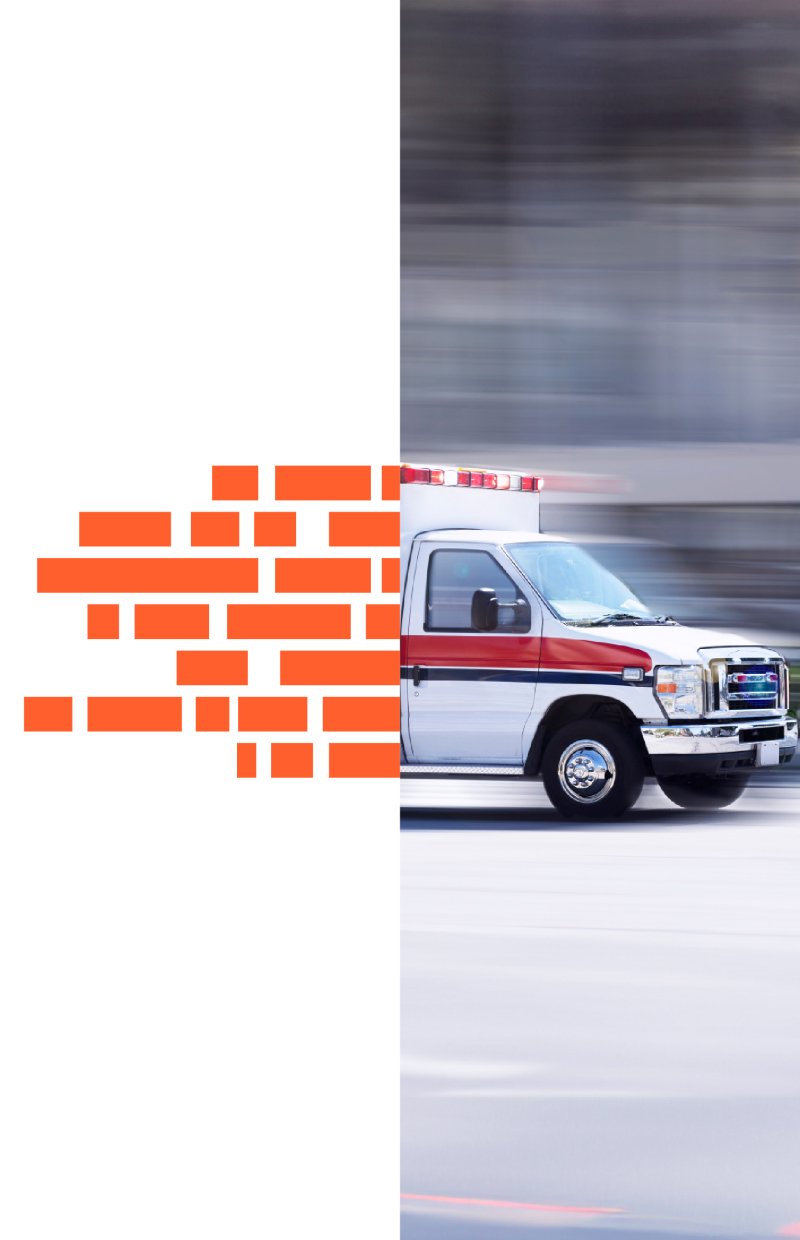- Services
Technology Capabilities
Technology Capabilities- Product Strategy & Experience DesignDefine software-driven value chains, create purposeful interactions, and develop new segments and offerings.
- Digital Business TransformationAdvance your digital transformation journey.
- Intelligence EngineeringLeverage data and AI to transform products, operations, and outcomes.
- Software Product EngineeringCreate high-value products faster with AI-powered and human-driven engineering.
- Technology ModernizationTackle technology modernization with approaches that reduce risk and maximize impact.
- Embedded Engineering & IT/OT TransformationDevelop embedded software and hardware. Build IoT and IT/OT solutions.
- Industries
- GlobalLogic VelocityAI
- Insights
BlogsDecember 16, 2024Gene LeybzonAccelerating Digital Transformation with Structured AI Outputs
This code produces the following output that can be imported into the candidate trackin...
 BlogsOctober 30, 2024Yuriy Yuzifovich
BlogsOctober 30, 2024Yuriy YuzifovichAccelerating Enterprise Value with AI
Discover how financial services integrations are transforming from standalone offerings...

- About Us
Press ReleaseGlobalLogicMarch 11, 2025GlobalLogic Launches VelocityAI to Harness the Power of AI, ...
VelocityAI combines advanced AI technologies with human expertise, helping businesses r...
 Press ReleaseGlobalLogicJanuary 10, 2025
Press ReleaseGlobalLogicJanuary 10, 2025GlobalLogic Announces Leadership Change: Srini Shankar Appointed ...
SANTA CLARA, Calif.–January 10, 2025– GlobalLogic Inc., a Hitachi Group Com...

- Careers
Published on January 19, 2023Connected Vehicle Cybersecurity Considerations That Vehicle Manufacturers Need to Know
View all articles Kulbhushan BhardwajVP Engineering and Global Security Practice HeadShareRelated Content
Kulbhushan BhardwajVP Engineering and Global Security Practice HeadShareRelated Content GlobalLogic25 June 2025
GlobalLogic25 June 2025 GlobalLogic25 June 2025View All Insights
GlobalLogic25 June 2025View All Insights GlobalLogic25 June 2025
GlobalLogic25 June 2025Let's start engineering impact together
GlobalLogic provides unique experience and expertise at the intersection of data, design, and engineering.
Get in touchCross-IndustryAccording to Deloitte, there will be 470 million connected vehicles on highways worldwide by 2025. These connected vehicles provide opportunities and have a higher cybersecurity risk than any other connected devices; even the FBI had to make a statement about it.A typical new model car runs over 100 million lines of code and has up to 100 electrical control units (ECUs) and millions of endpoints. The stakes are high, too, considering the safety implications some of these security issues may cause. Supporting satellite, Bluetooth, telematics and other types of connectivity while protecting drivers and public safety is essential, and completely reliant on vehicle design and manufacturing.
Vehicle Cybersecurity Regulations for Manufacturers to Know
Considering this, the UNECE released new vehicle cybersecurity regulations in the middle of 2021 (UN R155 and UN R156), and ISO came up with ISO/SAE 21434. These standards laid the foundation of cybersecurity in connected vehicles. While they are complex, these security considerations can be classified in three main categories:
- In-vehicle cybersecurity: Cybersecurity aspects within the vehicle, such as OBD-II hacking, key fob hacking, theft of personal data, remote takeover, malware, etc.
- Network cybersecurity: Cybersecurity aspects of vehicle network connectivity. This covers most general network threats such as DoS, Syn-flood, etc.
- Backend cybersecurity: Cybersecurity aspects of backend systems, which are typically the same as any cloud security aspects. Connected vehicles exchange information and data with the backend systems generally hosted on the cloud. These backend systems perform various tasks such as vehicle software updates, navigation, alerts, etc.
Recommended reading: How Smart Cars Will Change Cityscapes
Examples of Cybersecurity for Automotives Across Threat Categories
Each threat category requires different solutions and skills of the vehicle manufacturer. For example, these are some of the solutions required for each of the above categories.
In-vehicle cybersecurity
- Hardware-based crypto-accelerators and secure key storage
- JTAG memory and register access restriction
- Firmware signing
- Electronic Control Unit (ECU) authentication
- Anti-tampering and side channel attack protections
- SSH or secured access
- Secure key storage
Network cybersecurity
- Encrypted and secure communication
- IDS/IPS to track potential packet floods
- Network segmentation
- Virtual private network (VPN)
- Firewall
Backend cybersecurity
- Data loss prevention and data integrity strategy
- OTA package encryption and signature
- Secure images
- Activity and log monitoring
Our team works with leading connected vehicle manufacturers and OEMs to build secure connected vehicles across all three categories. We help our clients with the cross-industry best practices required to develop solutions such as in-vehicle infotainment systems, ECUs, and advanced driver assistance systems without compromise on security or reliability.
Learn more:
